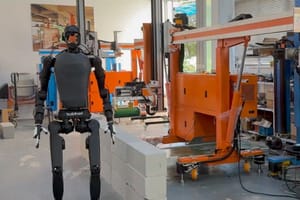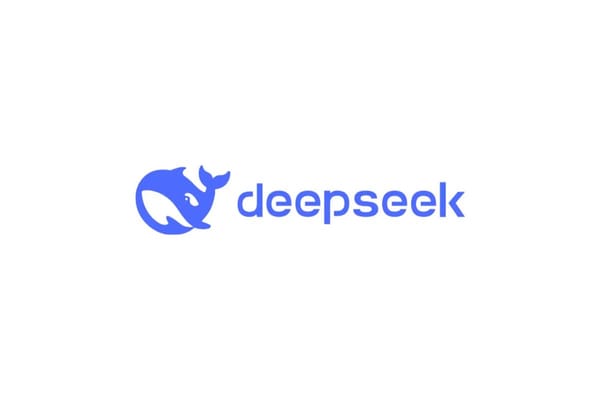The recent release of DeepSeek’s R1 model has sent ripples through the global AI industry, not only for its impressive performance but also for its embodiment of the open spirit of the internet. Launched on January 20 by the Chinese AI firm DeepSeek, the R1 model rivals OpenAI’s o1 in performance while achieving this feat at just 3 percent of the cost. What truly sets R1 apart, however, is its fully open-source nature, making it a game-changer in the AI landscape.
A New Benchmark in AI Efficiency
DeepSeek R1 is a first-generation reasoning model trained using large-scale reinforcement learning, similar to OpenAI’s o1. Yet, it distinguishes itself by being entirely open-source, allowing developers, researchers, and enthusiasts worldwide to access and build upon its code. As DeepSeek stated on GitHub, “The open-source DeepSeek-R1, as well as its API, will benefit the research community to distill better, smaller models in the future.”
This openness is a stark contrast to the proprietary models developed by industry giants like OpenAI and Google. By democratizing access to cutting-edge AI technology, DeepSeek is fostering innovation and collaboration, paving the way for smaller players to contribute to the AI revolution.
A Practical Strategy for Innovation
Founded in 2023, DeepSeek is a relatively young company in a field dominated by tech behemoths. Its decision to focus on developing smaller, more efficient models is both a practical and strategic move. Unlike mainstream AI models that rely on vast numbers of parameters to describe objects, DeepSeek’s models prioritize efficiency. For instance, its open-source DeepSeek V3 model uses only 671 billion parameters, with just 37 billion activated during usage—figures that are significantly lower than industry standards.
What’s more impressive is the cost efficiency of DeepSeek’s approach. The company trained the DeepSeek V3 model using just 2,048 Nvidia H800 GPUs at a cost of $5.6 million—a fraction of the expenses incurred by OpenAI and Google for similar models. In an era where the U.S. continues to restrict exports of high-performance chips to China, DeepSeek’s ability to achieve breakthroughs with low-cost, readily available hardware is a testament to its ingenuity and resourcefulness.
A Challenge to Protectionism
The success of DeepSeek’s R1 model also highlights the broader implications of open-source innovation in the face of geopolitical tensions. While the U.S. pursues a protectionist strategy, limiting the export of advanced chips to China, DeepSeek’s achievements demonstrate that innovation cannot be stifled by artificial barriers. By leveraging cost-effective solutions and embracing open collaboration, Chinese companies like DeepSeek are proving their ability to compete on the global stage.
For young, innovative enterprises in China and beyond, DeepSeek’s approach offers a blueprint for growth. By focusing on efficiency, accessibility, and openness, these companies can carve out a niche in the competitive AI industry and contribute to the global advancement of technology.
A Step Toward a Collaborative Future
DeepSeek’s R1 model is more than just a technological milestone—it is a symbol of the open spirit that has driven the internet’s evolution. In a world increasingly divided by geopolitical rivalries, the R1 model serves as a reminder that collaboration and transparency are essential for progress.
As the AI race intensifies, the success of DeepSeek’s open-source model could inspire a new wave of innovation, challenging the dominance of proprietary systems and fostering a more inclusive and collaborative future for the industry.
News Source: China Daily









